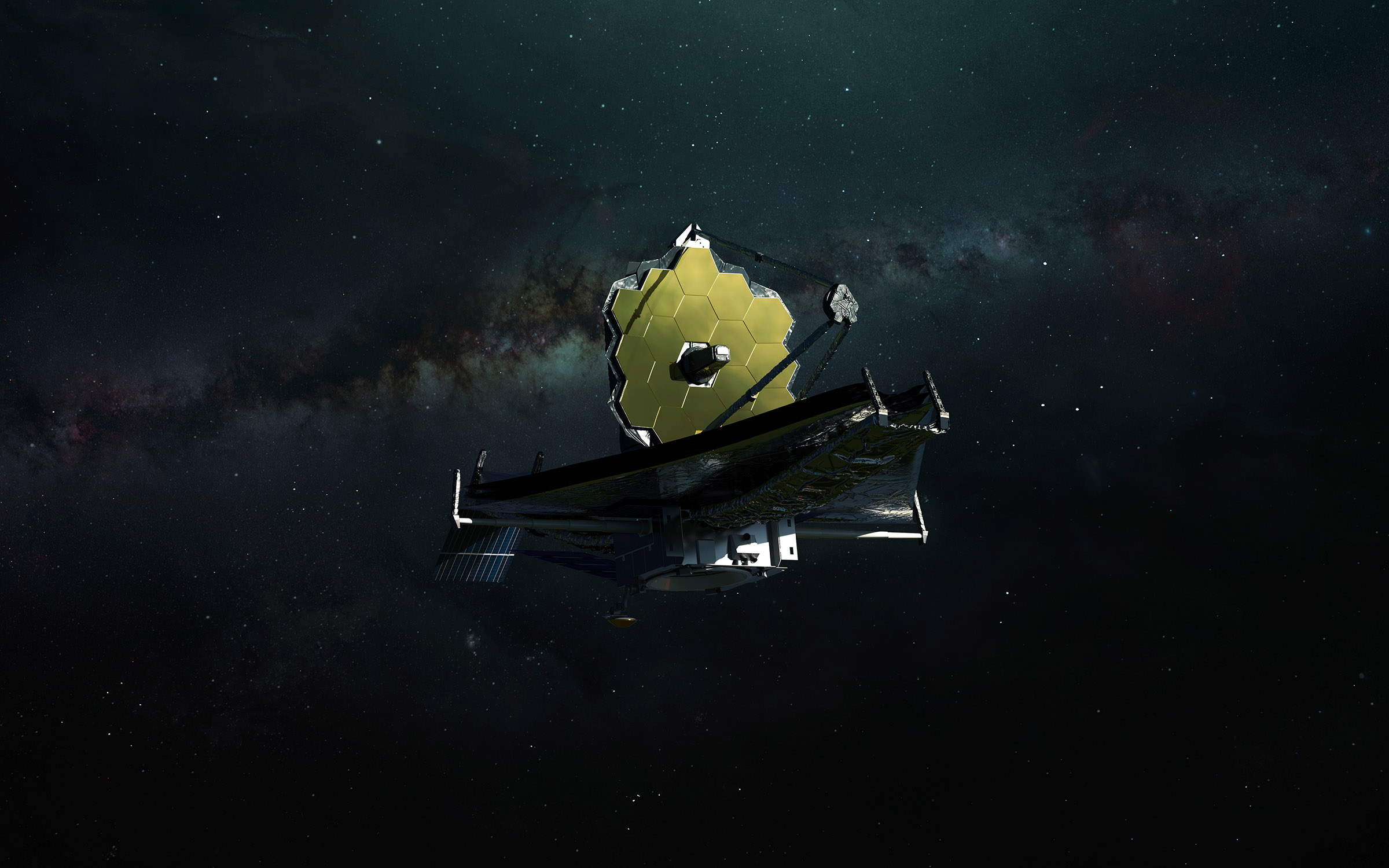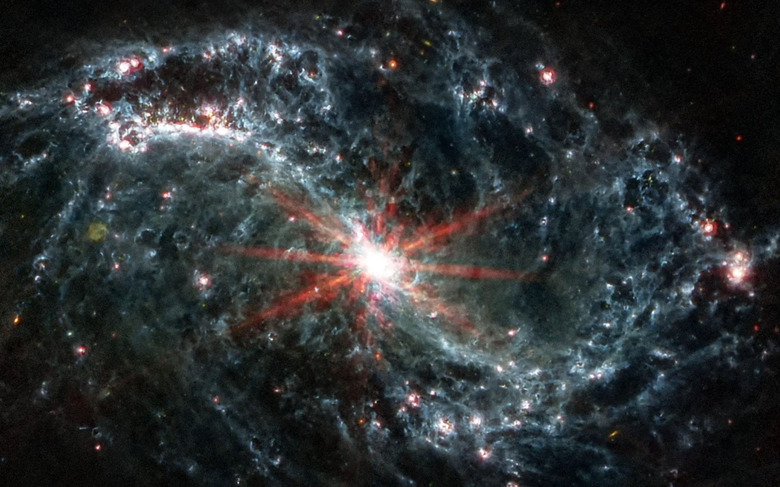James Webb Captures A Majestic View Of Star Formation's Earliest Stages
James Webb offers an almost unequaled view into the furrows of the universe. One of the most recent revelations that Webb has helped head up comes in the form of a new image of distant spiral galaxies, giving astronomers an unbridled view of the early stages of star formation.
The goal of these observations is to understand better how stars form in distant galaxies from long, long ago. By looking far into the universe's past, astronomers hope to use James Webb's various instruments to provide more details about the earliest stages of star formation. By doing so, they could better understand how ancient galaxies were formed and how the formation of stars helped fuel the expansion of the universe.

Thanks to its infrared instruments, Webb is able to cut through much of the dust and gas that makes up the universe's various galaxies. This gives astronomers a clearer look into these galaxies, providing critical information about how the stars within form. The light that astronomers have discovered is a longer wavelength and represents cooler objects than the light we can see with our own eyes.
Because Webb can see deeper into the gas and dust and pick up these different wavelengths of light, James Webb can observe more of the universe and learn more about star formation within those dusty galaxies. Being able to utilize infrared light is key to being able to trace the colder and more distant universe, astronomers explained.
A new paper on these discoveries has been published in The Astrophysical Journal Letters. The researchers are focused on 19 of our closest analogs to learn more about the earliest stages of star formation using James Webb's infrared instruments. Using Webb, they were able to determine the stars' age and more about how those stars are evolving.
